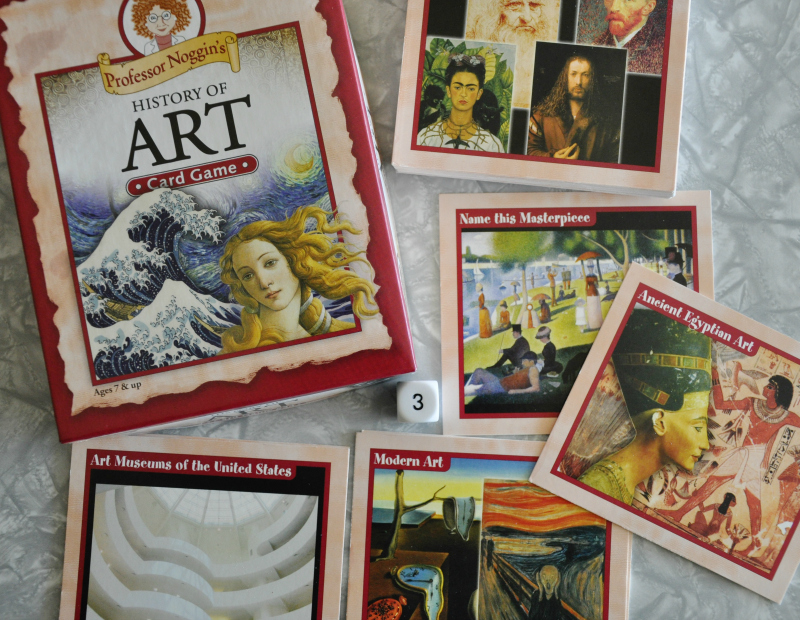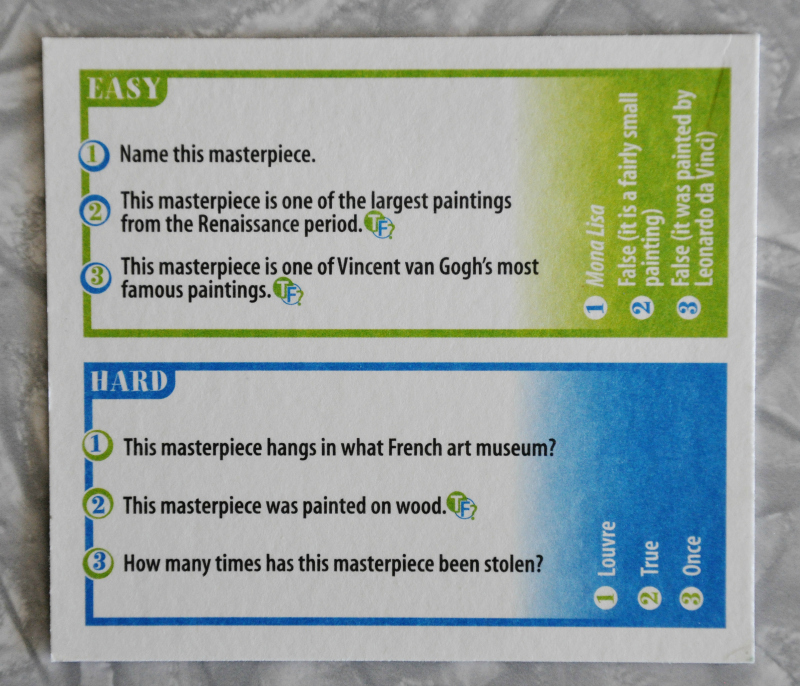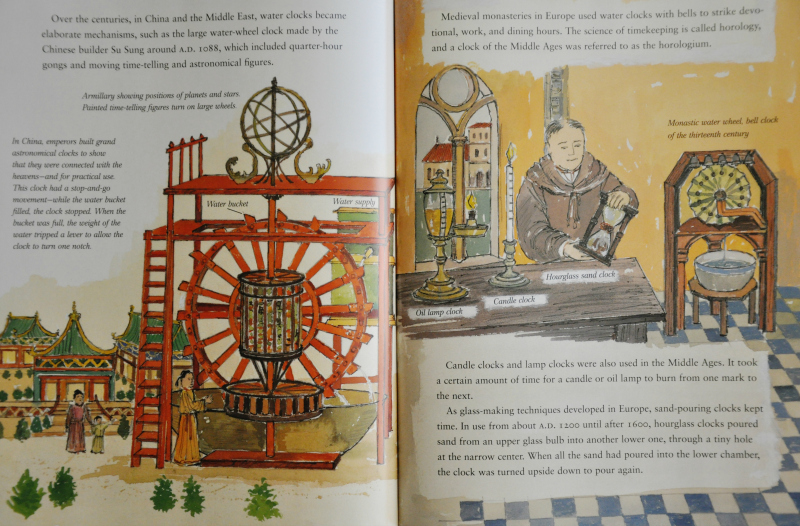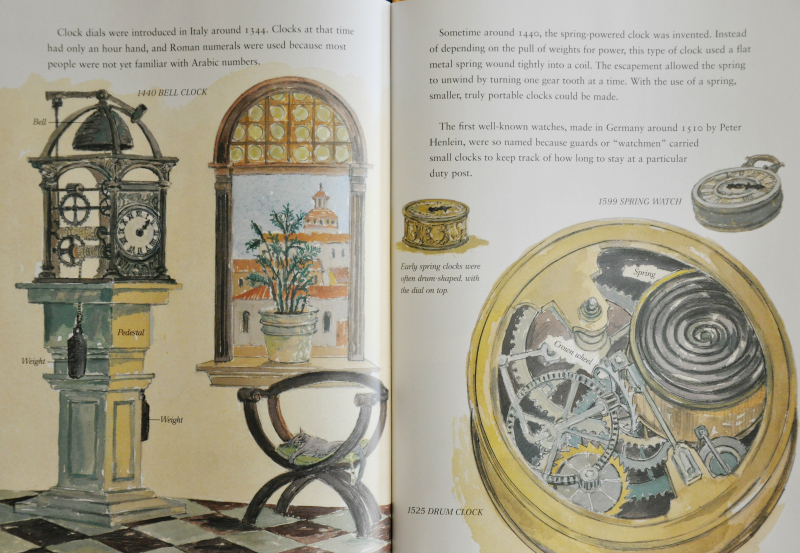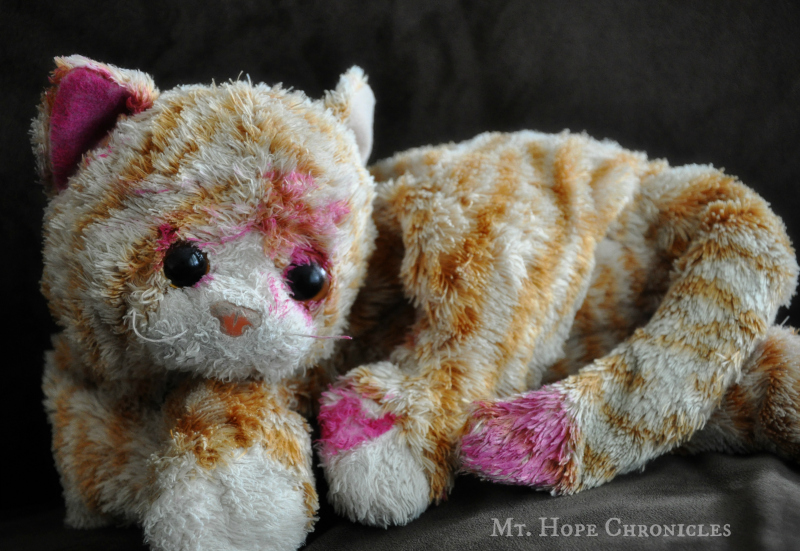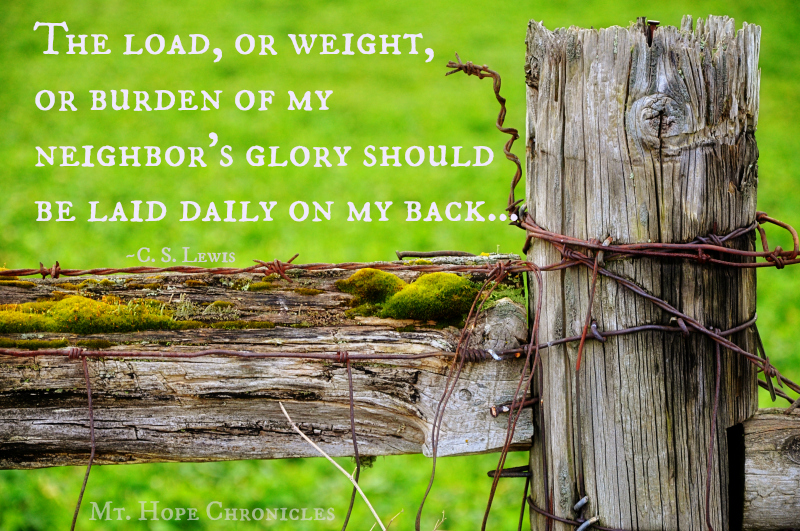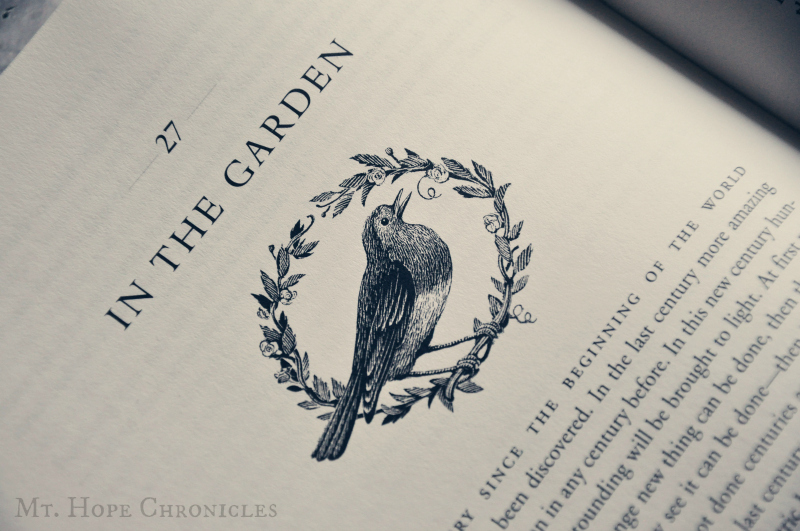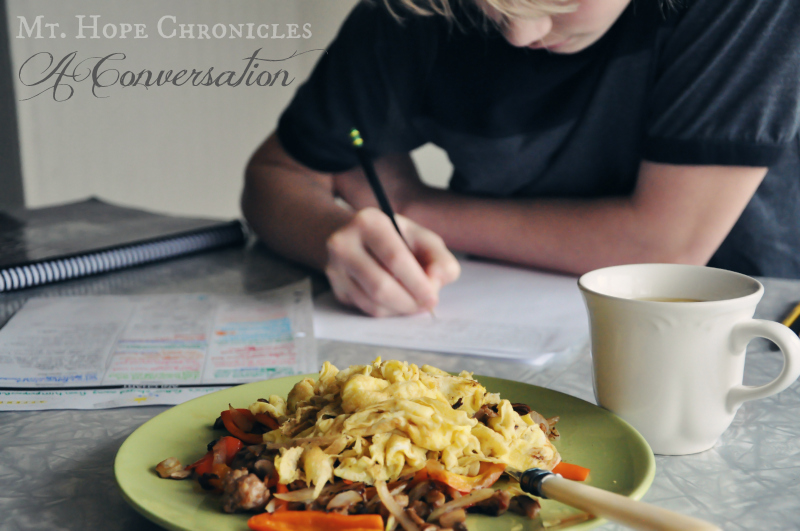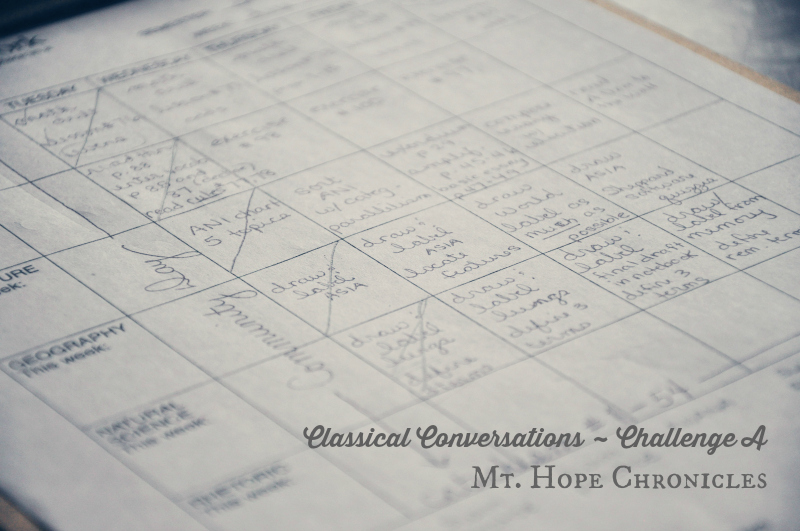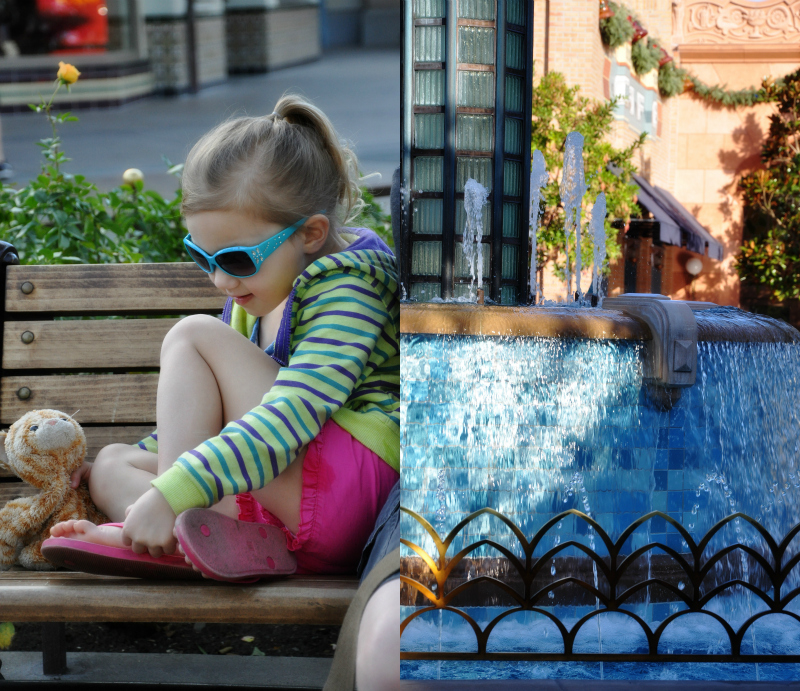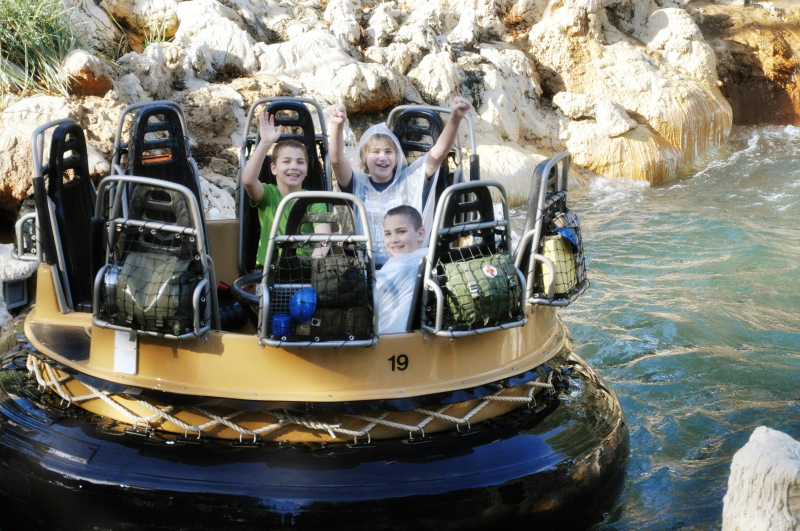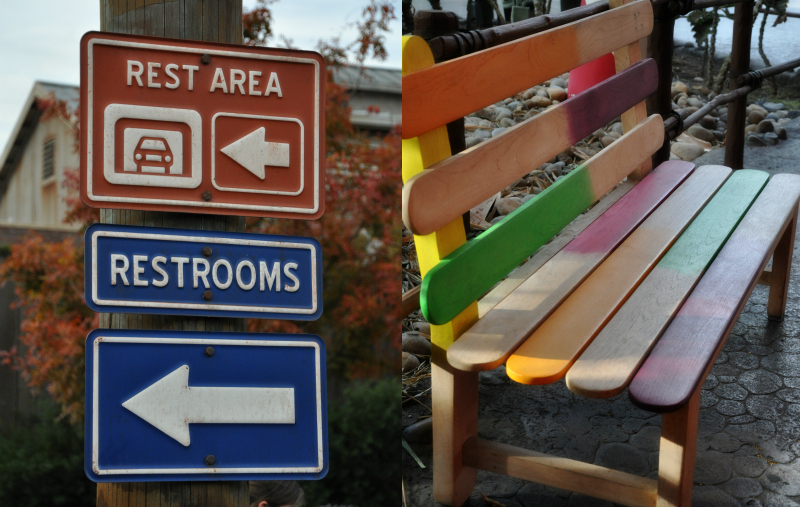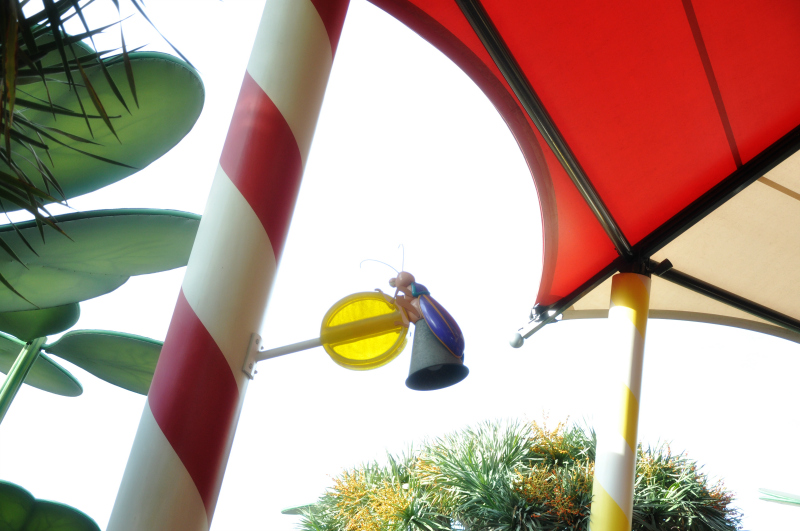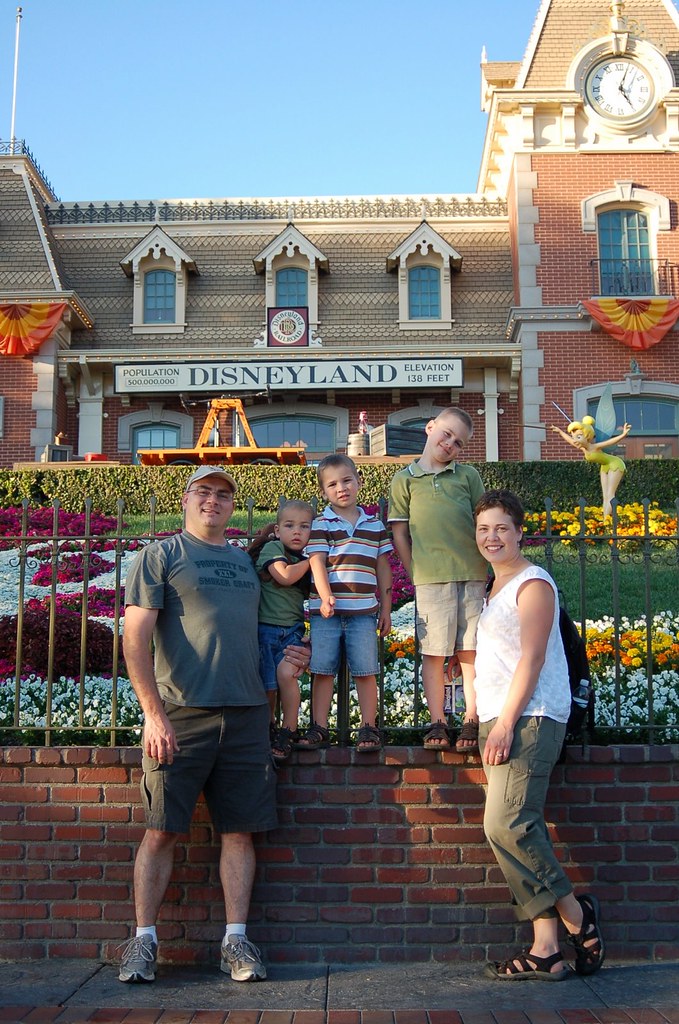Or “Lost Tools of Writing, the ‘How to Talk with Your Teenager’ Program, Continued”
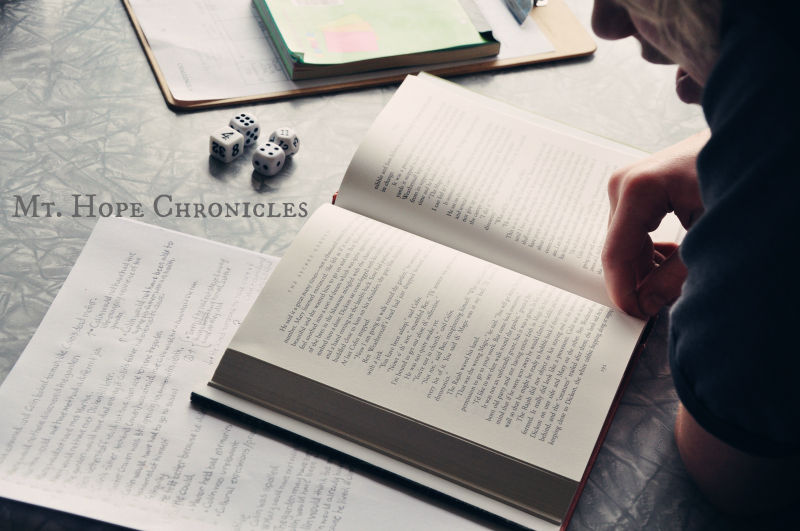
I had to ask Levi not to give me immediate answers (usually “I don’t know!”)—I wasn’t expecting immediate “right” answers. I wanted him to think about each question or idea for a little bit. There would be no “points” detracted for not knowing, and we’d talk it through if he really couldn’t come up with something; we’d ask more questions until we did think of something!
[Keep in mind, the affirmative or negative reasons don’t need to be “good” reasons. We all have reasons for doing something that turn out to be bad reasons, but they are still compelling reasons for us at the time! We’re exploring all reasons in the ANI chart phase. The judgment comes later.]
:: The first topic of invention is definition.
We’ll start with the basics. What is Colin’s father?
He’s a man.
What is a man? Wait. Do you know what objective and subjective mean?
I think so, but I can’t remember which is which.
Well, think of objective like an object. You can give facts about an object, such as its weight or substance or color, that most people wouldn’t argue about. You can touch it; it’s concrete. Think of subjective as an idea that is subject to someone’s opinion or interpretation.
So what are some objective definitions of a man?
A man is a male human who has gone through the biological changes of puberty. In our culture, every 18 year old male can vote, be drafted for military service, get married, or go to jail; every 21 year old (and older) male can purchase alcohol and is considered a fully legal adult. In some cultures, boys become men when they go through initiation ceremonies. Those are all facts.
What are some subjective definitions of a man?
A man is brave. A man is adventurous. A man respects women. A man honors his country and family. A man faces his duties. A man provides for his family.
Do any of those definitions tell you whether Colin’s father should have stayed away?
He shouldn’t have stayed away, because he needed to be brave, and he needed to face his duties to his family. He should have stayed away, because his duties were business and traveling.
What else is Colin’s father?
He’s a father.
What are some objective definitions of a father?
A man who has a biological child or a man who has legally adopted a child.
What are some subjective definitions of a father?
A man who considers the needs of his children and provides for them and loves them.
What are some objective needs of a child?
Water, sleep, food, shelter, protection.
What are some subjective needs of a child?
Books!
Do all children need books? Did they need books in 400 BC? Do they need books in remote tribes in Africa? How about education? Does a mother polar bear educate her cub? Is this necessary for survival?
Maybe some education is an objective need. [A universal definition of education might be the knowledge and skills a human needs to survive independently. Our own cultural definition of objective education might be the ability to read, write, and understand basic math.]
How about attention, nurturing, and love? Are those objective or subjective? How about entertainment and possessions? Is pizza food or entertainment? How about birthday cake?…
Colin’s father should have stayed away because he made sure he had provided for Colin’s objective needs and hired someone to take care of him, but he should not have stayed away because Colin needed his father’s love and attention.
[What else is Colin’s father? An uncle. A widower. A rich man. A physically weak man. An Englishman… He should have stayed away because he was grieving and sick... Really, simply discussing the definition of one “term” of the issue could take hours.]
What is Colin?
A boy. A sickly, spoiled, lonely, confined boy who can’t walk but doesn’t have a hunchback and whose mother has died.
We talked about the basic needs of a child, but what were some of his needs specifically?
Colin’s father should not have stayed away because Colin needed a father’s discipline, a parent’s love and attention, and someone to model how one should face difficulties and embrace life. Colin’s father should have stayed away because Colin was unpleasant and reminded him of his dead wife.
:: The second topic of invention is comparison.
How is Colin’s father similar to Mary’s father? How are they different?
[Going back to the text to re-read how Mary’s father was described…]
They were both sickly and busy men and fathers. They were both rich and hired someone else to take care of their children. His father was a widower, but her father was not.
How is Colin’s father similar to Dickon? How are they different?
They are both male. Their homes are in the same part of England. Colin’s father is a man, but Dickon is only a boy. Colin’s father is rich and absent, Dickon is poor and nurturing.
Oh, rich and poor! Are there different cultural expectations for a rich father and a poor father?…
[How is Colin’s father similar to or different from Mrs. Medlock? A horse? A rock? Grief? How is Colin similar to or different from Mary? Dickon? You?]
:: The third topic of invention is circumstance.
When and where did the issue take place?
Misselthwaite Manor, Yorkshire, England around 1900. Colin’s father traveled all over Europe instead of being at home.
[Oh, what were the cultural expectations of a rich father in England in 1900?]
What was happening in the place with which the question is concerned?
Colin’s father left the manor and traveled all over Europe. He was grief-stricken and miserable. Colin became sickly and spoiled. Mary came to live at the Manor. The garden was revived and Colin learned to walk. (Colin’s father should not have stayed away so that he could care for his niece, experience the revival of the garden, and find that happiness was to be found at home.)
What was happening elsewhere?
Great Britain was ruling India. (He should have stayed away because Englishmen were supposed to be adventurous.)
[Teddy Roosevelt, the Wright Brothers, and the Ford Motor Company were happing in the U.S. around 1900.]
[This is probably the moment Levi looked at the clock and said, “Mom, our time’s up.” I told him there is no scheduled time limit. We’re going to talk as long as we are enjoying the conversation and we have something to talk about or we come to a natural stopping place.]
:: The fourth topic of invention is relationship.
What happened immediately before the time of the issue?
Colin’s mother died. (He should have stayed away because he was grieving. He should have stayed away because Colin reminded him of his dead wife.) The garden was shut. (He should have stayed away because the garden held bad memories for him.)
What happened immediately afterward?
When he returned home to the garden, everyone was happy. (He should not have stayed away because his home, family, and garden are what would bring him true happiness.)
[What are the objective and subjective definitions of home?]
[This is where questions about cause and effect fit in, as well.]
:: The fifth topic of invention is authority.
What is the difference between a witness and an expert?
Who is a witness to the issue within the story? What did they have to say about the issue? How reliable is their testimony? Are there additional witnesses?
Who is an expert about the issue within the story? What is his opinion? What is the source of his opinion? Is he reliable?
[This led to an interesting conversation about Dr. Craven. Was he Archibald Craven’s brother? Is he considered an expert when he didn’t seem to do Colin much good and he let his own interests interfere with his responsibility to treat Colin?]
______________________________________________________________________________________________
I didn’t share our whole conversation, just a small sample. If we had been diligent about doing Lost Tools together the past couple weeks we would have had more time to delve into each topic (a whole week to discuss the 5 common topics rather than a single day). So much more could have been discussed! It was my own fault. Obviously, definition alone could take hours if we wanted it to, starting with just one issue and two terms to define!
We worked through the topics orally and only made notes on our ANI chart.
As we compared our A column with our N column, we noticed that the majority of our column A had to do with immediate comfort or convenience and the majority of our column N had to do with facing a difficult task and reaping delayed rewards.
We can say that the answer to this issue is obvious.
But do we make bad decisions for the wrong reasons, convincing ourselves that our actions are justified? Yep.
Do we make poor decisions even when we know we should have done the opposite? Yep.
People,
I had a leisurely conversation with my 13 year old son about what it is to be a man, to be a father. The objective and subjective needs of children. The definition of education. How cultural expectations change the way we see our roles in life. That it is better to make decisions based on long term rewards rather than immediate comfort.
He would search for information in the text and read aloud interesting passages. Or I would read a passage to him.
This, THIS is what my 13 year old needed.
Contemplation: big ideas and disciplined, structured, deep thinking.
Conversation: big ideas and disciplined, structured, deep thinking—together.
Relationship: relaxed, one-on-one, verbal, no “right answers,” no “hurry up, we’re behind,” no lecturing, no frustrated interaction with another human being.
He is firmly in the dialectic/logic stage of development and of his education, and these questions are my tools to meet him where he is as a student and a human being.
It’s what I needed.
A reminder that education is not about a check list or a product or a schedule. That slowing down to think and connect is education. That playing with ideas is education.
A chance to connect with my son in a joyful, fascinating discussion, without frustration and unmet expectations.
If that’s all we do in a day, it is a day well-spent.
If I dropped every subject but one, we’d keep literature and The Lost Tools of Writing—even if we never got past the ANI chart and the 5 topics of invention. (We’d probably continue to do an hour of math each day, as well. But we’d ask questions about numbers!)
This is the dialectic stage of education, and I need to remember that my main teaching tool is a good question, and conversation is a relational activity. The goal of this stage is to begin thinking well. The papers the students write now (in Challenge A, at the beginning of Lost Tools), after the deep thinking, are very simply the pruned, organized thoughts. I don’t want Levi (and myself) to become distracted by an expectation of eloquent writing. The elocution will come slowly, one carefully implemented trope or scheme at a time, as Levi moves into the expressive rhetoric stage in the following years.
_______________________________________________________________________________________________
If you are interested in exploring the dialectic stage of development and education as well as the 5 common topics of invention, I highly recommend The Question by Leigh Bortins. She explains each topic and shows how to use the questions across all subjects.
_______________________________________________________________________________________________
[Next up: Our Basic Persuasive Essay Outline with Exordium and Amplification]
